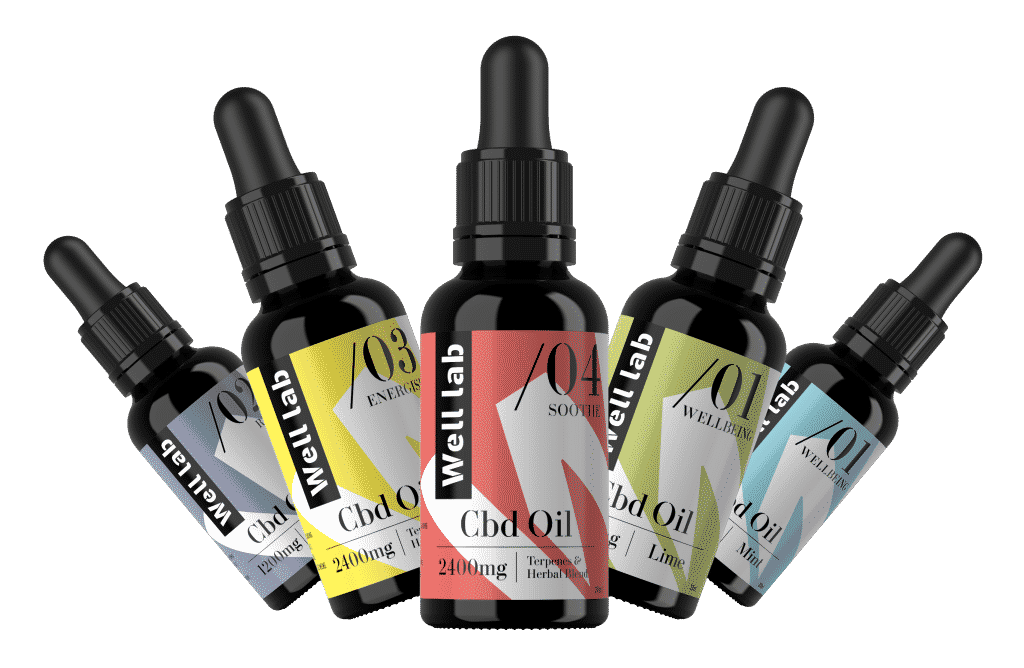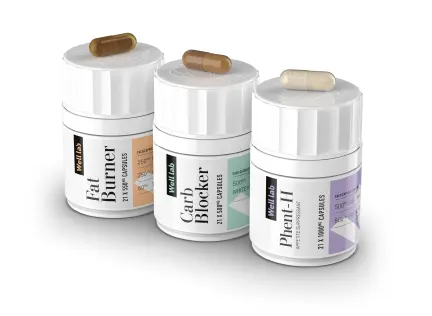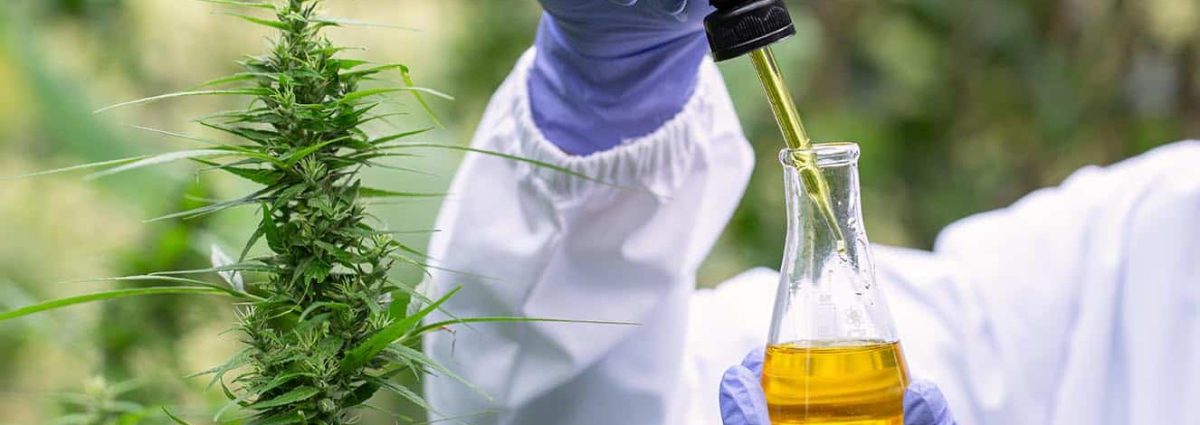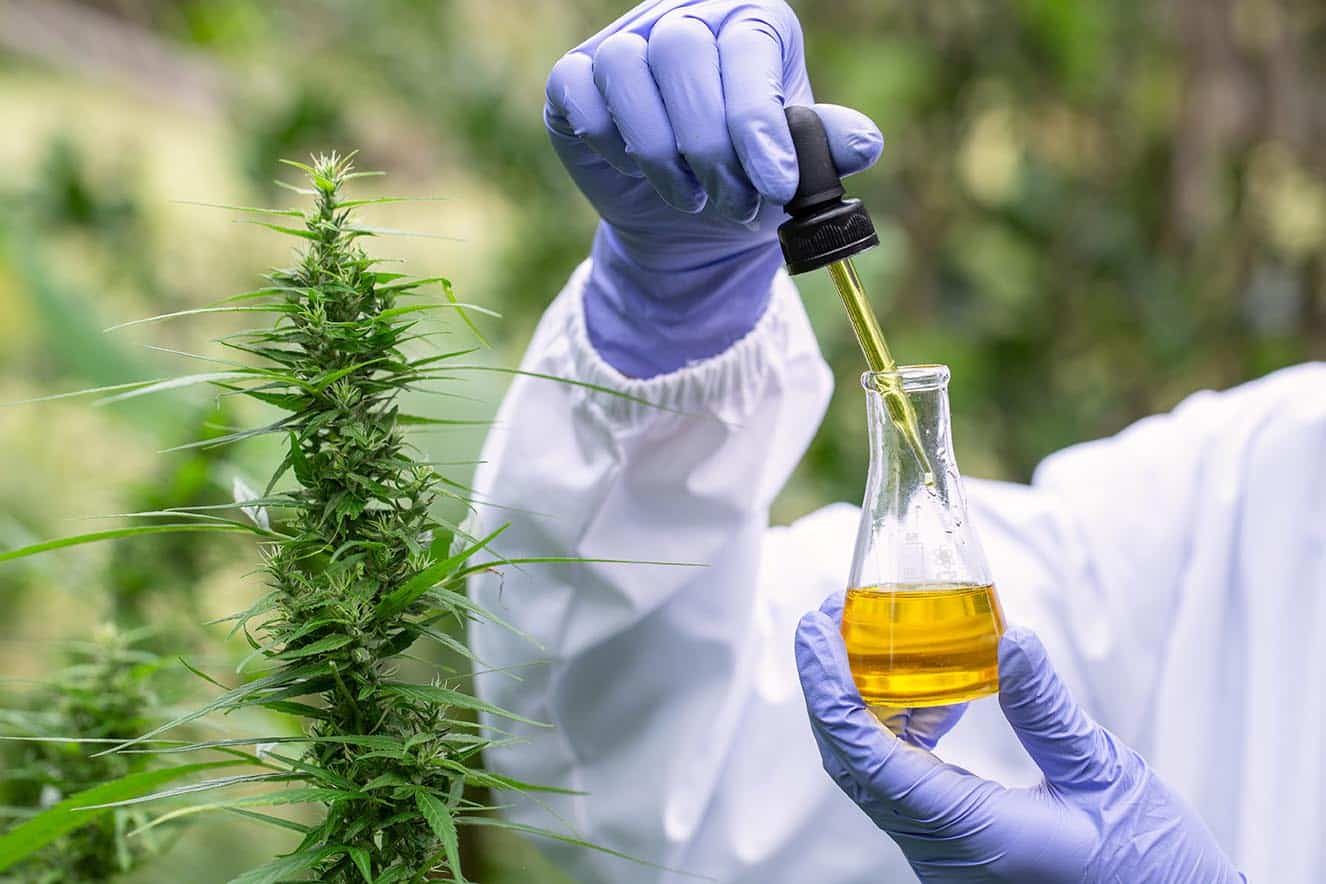Cannabis is often viewed by the Western world as a fairly recent phenomenon that’s associated with recreational use, but the plant has been used for its medicinal properties for thousands of years. Historians and archaeologists have discovered significant evidence that hemp has been used in various forms since as far back as 5500BC, resulting in a wide range of products from textiles to tinctures. There is evidence that the plant was used in ancient rituals, and in early China it was used as a medicine to treat a vast array of ailments including rheumatism, indigestion, gout and malaria. The ancient Egyptians were also early adopters of the hemp plant, using its bi products for their anti-inflammatory properties.
Until the medieval age cannabis use was largely restricted to Eastern cultures, but its popularity started to spread to the Western world through trade. Medieval people are recorded as using cannabis to treat everything from coughs and colds to jaundice and even tumours.
By the sixteenth century the use of medicinal cannabis had spread to America, with many doctors advocating the herb for its huge range of health benefits. But it still took another two hundred years before it was commercially accepted as a medicine. The man behind this revolution in healthcare was an Irish doctor called William Brooke O’Shaughnessy, who was previously known for his work on the intravenous drip. Dr O’Shaughnessy was a keen user of medicinal cannabis, having spent many years in India studying botanical pharmacology. The herb had already been used in India for several centuries, and O’Shaughnessy pushed for its acceptance as a medicine in England.
With O’Shaunessy leading the way, medicinal cannabis was launched as a treatment for seizures and rheumatism. As its use grew, its uses extended to the relief of fevers, colds, insomnia, anxiety, migraines and general nausea to name a few.
The use of legal medicinal cannabis continued in the West for many more years, but the rise of large scale pharmaceutical companies in the late 1800s led to herbal remedies taking a back seat to “cure all” medicines. The addiction crisis in the USA caused by medicines containing cocaine, opium and morphine led to the formation of the FDA in 1906, from which point all medicines had to be thoroughly regulated.
Soon after, the use of cannabis was linked to immigration and seen by white America as being unpatriotic. The popularity of marijana continued to decline in the West, and by 1937 non-medical cannabis was made illegal. Many people believe that this drop in popularity and social acceptance was led by propaganda from textile companies who used new synthetic materials to make their products. Rivals recognised that hemp was a huge threat because it was readily available and easy to source, and by 1937 a new Marijuana Tax Act came into effect.
CBD (cannabidiol) was discovered by Roger Adams in 1940, when he isolated cannabinoids from a hemp plant while researching the role of THC (tetrahydrocannabinol, psychoactive compound that creates a “high”.) It took over twenty years for his ideas to come to fruition, when Raphael Mechoulam isolated THC from the plant and identified the main differences between THC and CBD.
Despite his discoveries, the use of cannabis derived products has still been seen negatively until recent years. Cannabis has been widely regarded as a criminal commodity, despite pharmaceutical companies having praised its use for many years beforehand. While the herb became unacceptable in polite society, recreational cannabis use became an underground activity. However, in the last decade or so attitudes have begun to change again, and the new use of CBD oil is the prime example of its new found popularity.
Today the Western world is finally discovering the true power of the hemp plant and recognising the difference between THC and CBD. Medical research is continuing to grow and thousands of stories are now available from people who have enjoyed the countless benefits of CBD oil.
CBD was discovered to be a highly effective anticonvulsant therapy in the 1980s, with reports of patients who had previously suffered from debilitating seizures suddenly being able to live normal lives. Cannabis has been rediscovered once again for its medicinal properties, and today hemp derived products are commonplace in chemists and beauty stores alike. CBD products were originally sold as oils, tinctures and capsules, but the industry has grown so much over the past five years that there’s now a huge amount of choice. You can now enjoy the powerful benefits of CBD in an array of different ways, from gummy bears to skin serums.
The legalisation of cannabis in some countries and US states has certainly driven the rise in CBD products, which are now controlled and regulated. In the UK industry regulations are becoming stricter, but there are still some gaps that have made it easy for less reputable companies to set up shop. There is also currently only one CBD based medicine that’s been approved by the FDA in the UK, but the departure from the EU is opening more doors. If you want to ensure your CBD products are safe, genuine and effective (and of course you would!) it’s essential that you buy from a brand that’s totally transparent and uses stringent manufacturing and testing methods. Here at Well Lab we are proud to be one of the most trusted CBD oil brands in the UK, offering a huge range of quality products that are ethically sourced, produced to the highest possible standards and totally legal. Browse our products to find out more, or please feel free to contact us for more detailed information.



